Athletic trainer answers your brace-cleaning questions

If your provider has recommended a medical or sports brace for an injury, you might be wondering how often to clean it and how to take care of it.
Advertisement
Cleveland Clinic is a non-profit academic medical center. Advertising on our site helps support our mission. We do not endorse non-Cleveland Clinic products or services. Policy
Athletic trainer Brian Warner answers questions about how to maintain braces properly to keep them smelling fresh and looking clean.
A: Depending on what kind of brace you have, a medical or athletic brace can be rather costly. Maintaining and cleaning it will help extend its life.
Also, when you don’t clean braces regularly, they not only start to smell bad, but they also can sometimes cause health problems, such as folliculitis, ringworm and even staph infections.
A: Yes. Wearing a brace will increase your body temperature in that region, causing moisture to accumulate. Over time, this can cause skin deterioration. If you’re not being active, you should take the brace off to allow your skin and the brace to dry out.
Knowing which type of brace you have, and when it makes sense to wear it, is important. Not every brace needs to be worn all the time. Of course, you should always follow the recommendations of the healthcare professional who prescribed the brace to you. Contact your provider if you have questions about when you should or shouldn’t wear the brace.
A: It depends on the type of brace and the activities you engage in. For a simple sleeve or brace without metal components, it’s probably safe to launder every few days. For a larger brace (for example an ACL or OA brace) with a metal structure, wipe it down with a damp washcloth or baby wipe after each day.
Advertisement
Daily maintenance will prolong the life of the brace, as well as make the brace more comfortable to wear.
A: Most braces come with a set of cleaning instructions that you should follow. For most of them, a mild soap or laundry detergent and cold water will do the trick. Allow the brace to air-dry, or leave it out in the sun to freshen up.
For athletic braces that get heavy use, you can also spray lightly or wipe them with disinfectant and allow them to air-dry. Avoid storing braces in a gym bag or other area that does not get good ventilation and avoid putting the brace away dirty or damp.
A: A mixture of baking soda and a small amount of vinegar will keep the brace clean and help control odors. There are also great natural or plant-based cleaning products available that will do the trick.
A: It depends on what type of brace it is and how it’s designed. For example, exposed hinged braces may need to be lubricated. You should inspect the straps regularly for wear and tear. Some manufacturers also sell replacement parts.
A: If the straps or seams are tearing or if any rigid components are coming loose, it’s time to replace the brace if that component cannot be exchanged for a new part.
Another reason to replace your brace is if the fit has changed, either due to wear or changes in your body. An ill-fitting brace can create more problems than it helps. If the brace becomes too loose or too tight, consider getting a new one.
Advertisement
Learn more about our editorial process.
Advertisement
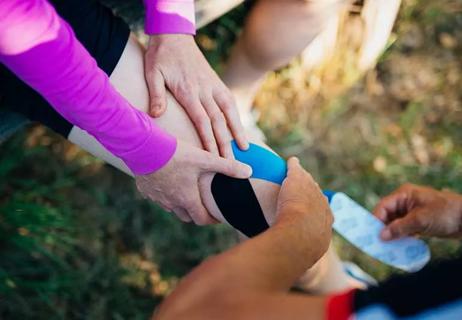
Elastic therapeutic tape can provide extra support, but it can’t improve your stats
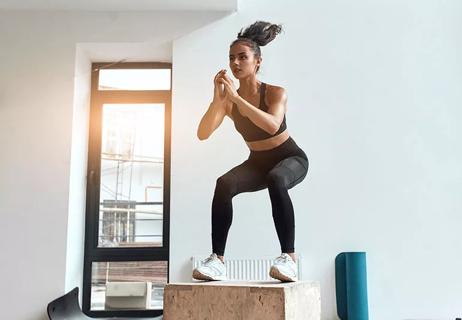
Proper form is important when pivoting, turning and landing
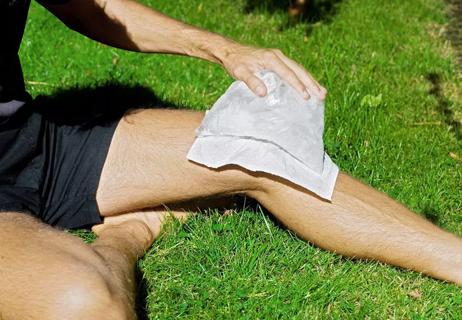
Take the ache away from your joints with these at-home exercises
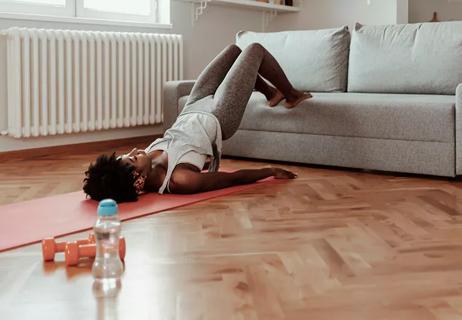
How to bounce back when a gymnastics injury has sidelined you

The simple and inexpensive band is a proven way to ease your knee pain

Help your gymnast stay healthy and strong with proper training and nutrition
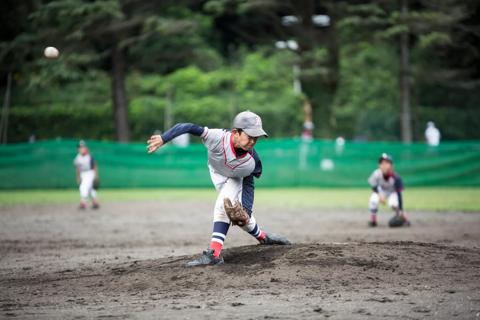
Follow guidelines to limit pitches, rest between games
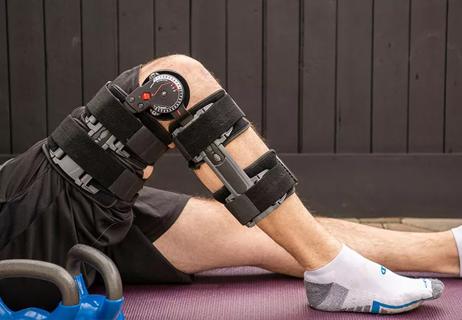
Sports medicine physicians can get you back on track

Type 2 diabetes isn’t inevitable with these dietary changes

Applying a hot or cold compress can help with pain